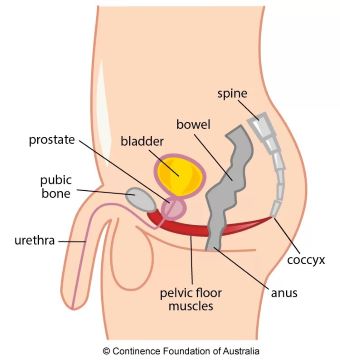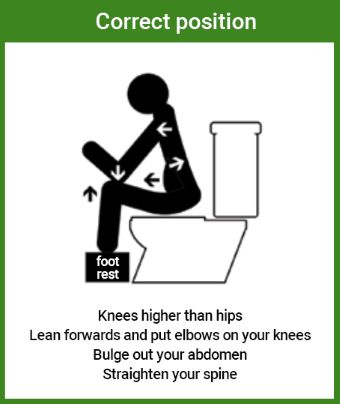This page gives you information about your right to decline a blood transfusion or blood products as part of your treatment.
If you are a Jehovah’s Witness, you may have heard ‘blood products’ described as ‘fractions.’
Can anyone decline a blood transfusion?
Yes. North Bristol NHS Trust wants to be sure that we treat every patient in a way that recognises and respects their individual, cultural and religious beliefs.
As a Trust, we have a programme to conserve blood and minimise the number of transfusions given to patients. If you decline treatment with blood products we want to ensure that you make an informed decision; your doctor will discuss the possible risks and benefits of treatment with and without blood products.
- It is your decision whether or not you are willing to accept the risks declining a blood transfusion and blood products. If you are a Jehovah’s Witness you may wish to discuss this with your ministers.
- Please be aware that your doctor has the right to decide if they are unwilling to perform your surgery under these circumstances.
- If this is the case he or she will need to work with you to make a referral to a consultant who is known, in principle, to accept patients who request non-blood management. Your local Jehovah’s Witness Hospital Liaison Committee may be able to assist you or your doctors with this process.
- This can be done using the Trust ‘Checklist’ and if you are a Jehovah’s Witness you may have an ‘Advance Decision to Refuse Specified Medical Treatment’ (this is provided by your local Ministers and is sometimes known as a ‘No Blood Form’). Show these documents to your medical team so that they can take copies and include them in your medical notes.
- You may have to go over the ‘Checklist’ more than once during your admission so that doctors directly involved in your care, who did not see you in Pre-Assessment Clinic, can confirm your wishes. This will definitely be required if more procedures are required than was originally expected.
- At all times during your hospital admission, even if an emergency arises, we will respect your wishes.
What happens if I am admitted to hospital as an emergency?
If you are admitted to hospital as an emergency and we know your wishes, they will be respected. A team of medical professionals and the Jehovah’s Witnesses’ Bristol Hospital Liaison Committee have put together a plan of care for dealing with such situations and you can be confident that you will receive the best possible care and treatment during your hospital stay.
It is possible that in an emergency situation you may not be able to communicate your wishes. Therefore, it is essential that once you decide you do not wish to receive blood products you carry an ‘Advance Decision Form’ and may consider wearing a ‘No Blood Wristband’.
I want to decline a blood transfusion and blood products
Once you have decided that you do not wish to receive a blood transfusion or blood products, there are several things you must do to help us respect your wishes:
- Inform us in writing that you do not wish to receive blood transfusion or blood products. This can be done by completing the Trust ‘Checklist for Jehovah’s Witnesses and Other Patients who Decline Blood Transfusion’.
- Carry an ‘Advance Decision Form’ with you at all times so that, if you are found unwell and cannot communicate, your wishes will be respected.
- Before any operation sign a standard consent form, clearly indicating that you consent to the planned procedure but that you do not consent to a blood transfusion/ specified products.
What happens if I have a planned admission to hospital?
Before attending hospital for your surgery, you will be invited to a Pre-Assessment Clinic where you will see a doctor or nurse. At this appointment please make the nurse or doctor aware that you do not wish to receive a blood transfusion and any blood products you have specified as part of your treatment.
If you can assist in this process by attending with a Trust ‘Checklist’ pre-prepared that will be helpful but, in any event, you should let the hospital team know your wishes as early as possible, so that they may plan your care.
Please ensure that your wishes are specified in writing.
What if I change my mind?
You have the right to change your mind about receiving a blood transfusion or blood products at any time.
If you do change your mind, you must let your medical team know immediately so that your decision may be recorded in your medical records, and your treatment plan may be adapted according to your wishes.
I have further questions
If you have any further questions or concerns that are not covered by this leaflet, please discuss them with a member of your medical team. If they are unable to answer your questions they will find someone who can.
Further help for Jehovah’s Witnesses
Further help is available from:
Your local minister.
The Bristol Hospital Liaison Committee for Jehovah’s Witnesses. Contact details can be provided by a member of your medical team, or alternatively you can make contact by email: info@bristol-hlc.org.uk
© North Bristol NHS Trust. This edition published April 2023. Review due April 2026. NBT003190.






